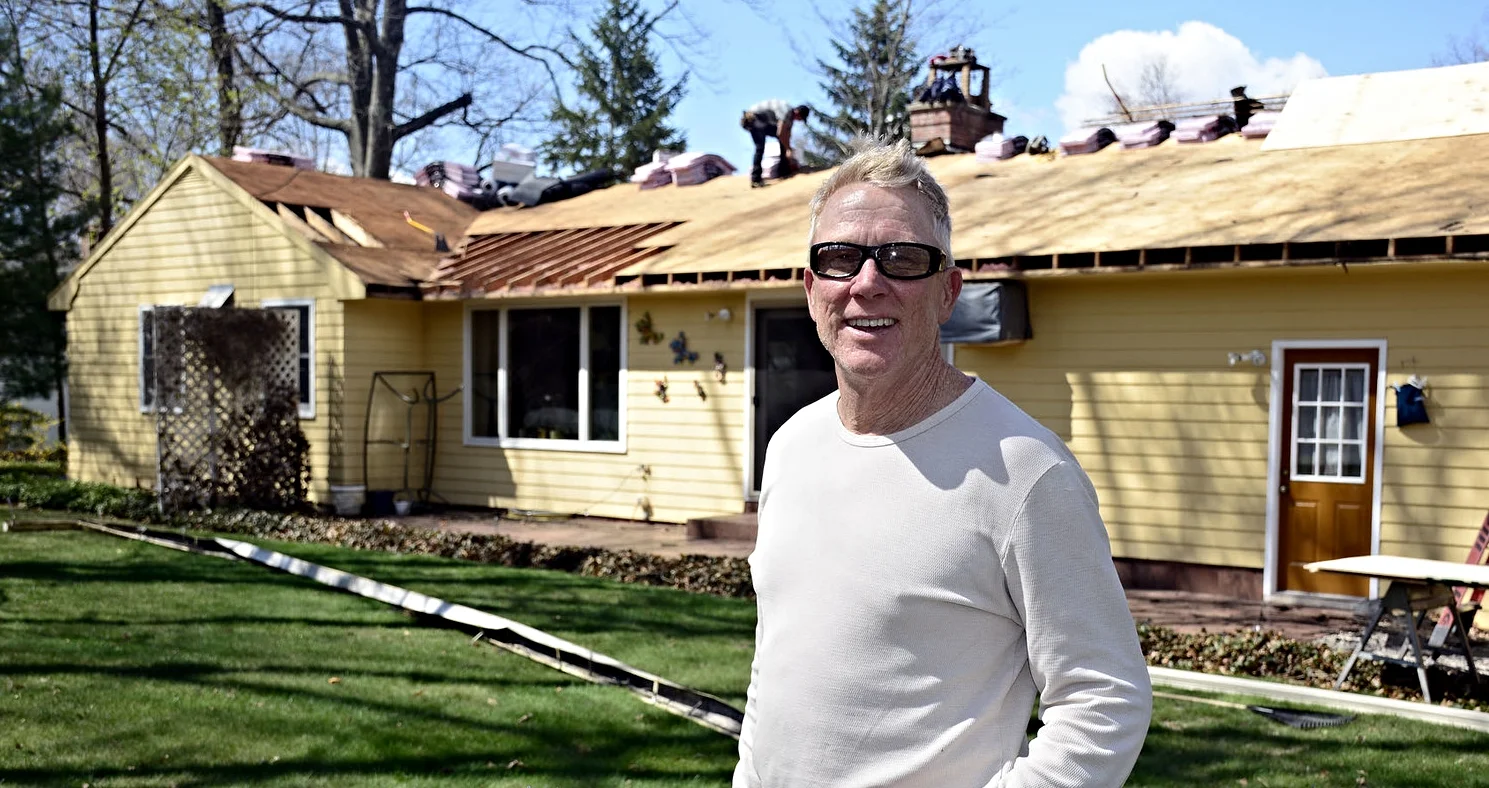Attic Moisture Can Lead to Major Damage
Chelsea O'Donnell
As summer humidity begins to ramp up, it’s important to pay special attention to one of the most neglected areas of the home. Your attic can hold a lot of moisture and if it’s not insulated and ventilated correctly, that means major issues for you, the homeowner. In this two-part series, we’ll discuss how moisture can accumulate in the attic and what you can do to protect your home from serious damage. Let’s kick things off with a list of the major moisture-conducting culprits:
Insufficient ventilation: Without proper airflow, moisture from the living spaces below can become trapped in the attic, leading to condensation and elevated humidity levels.
Roof leaks: Damaged or deteriorating roofing materials can allow water to enter the attic during rain storms or snowmelt. Roof leaks can be caused by missing or cracked shingles, damaged flashing, or compromised roof seals.
Plumbing leaks: Plumbing pipes that run through the attic can develop leaks over time. Even a small drip or a slow leak can contribute to moisture accumulation in the attic.
Inadequate insulation: As hot and cold air collide, they will condensate or freeze. Without proper insulation and temperature regulation, it’s much easier for moisture to accumulate.
Blocked vents: Blocked or obstructed attic vents can impede proper airflow, preventing moisture from escaping. This can result in increased humidity levels and potential condensation problems.
Misdirected exhaust fans: If bathroom or kitchen exhaust fans are not vented directly outside, they can introduce warm, moist air into the attic space. This can cause condensation and moisture-related issues.
Poorly sealed attic access points: Gaps or insufficient sealing around attic access points, such as doors or hatches, can allow humid air from the lower floors to enter the attic, leading to moisture buildup.
Insufficient vapor barrier: A vapor barrier is a layer designed to prevent moisture from passing through walls and ceilings. If there is an inadequate or damaged vapor barrier in the attic, it can allow moisture to penetrate and cause problems.
It's important to address any water issues in the attic promptly to decrease the chances of mold growth, wood rot, or structural damage. Because most people access their attic infrequently, problems often don’t go detected until water starts showing up on the ceiling. Next week we will highlight several ways to protect your home from moisture before it's too late.
Bob O’Donnell is the owner of O’Donnell Bros. Inc., a Bristol-based home improvement company established in 1975. Email your questions for Bob to info@odonnellbros.com with the subject line “Ask the Pro.” All questions may be considered for publication. To contact Bob for your remodeling needs, call O’Donnell Bros. Inc. at (860) 589-5155 or visit http://www.odonnellbros.com. Advice is for guidance only.
